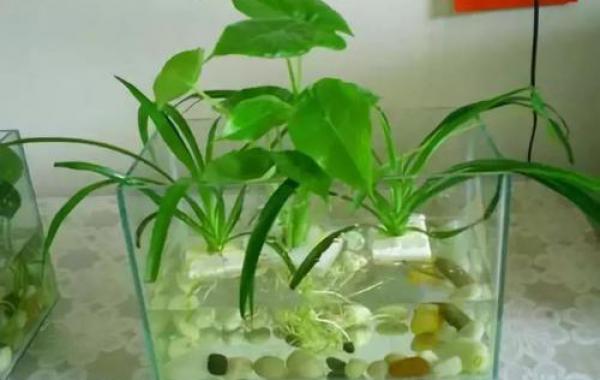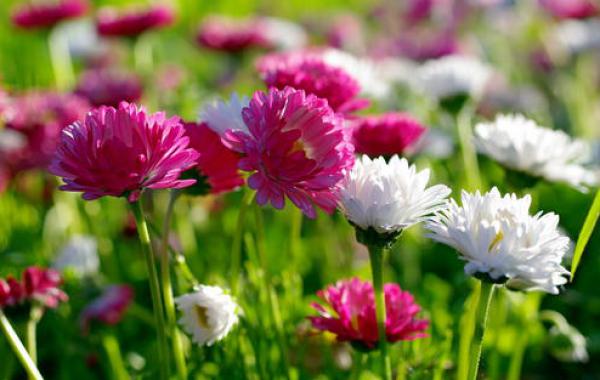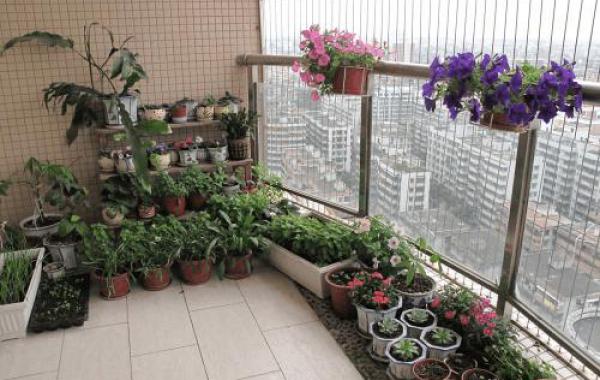How to change water for hydroponic flowers is scientific?

How to change water for hydroponic flowers is scientific.
Hydroponic flower culture is a new generation of high-tech agricultural project, which adopts modern bioengineering technology and uses physical, chemical and biological engineering means to domesticate ordinary plants and flowers so that they can grow in water for a long time. Whether hydroponic flowers can be successful or not, the key measure is to change water.
First of all, plants need to consume oxygen constantly when they grow in water. With the growth of flowers, the oxygen in the water will continue to reduce, when reduced to a certain amount, it will have a negative impact on the growth of flowers. Although the oxygen in the air will be constantly replenished to the water, its speed is relatively slow, which is far from enough to meet the oxygen absorption of plant roots.
Secondly, the root system of flowers will produce mucus in the process of growth, and too much mucus will affect the water quality.
Thirdly, a certain amount of nutrient solution should be added to the water during flower water culture. if the nutrient elements are absorbed by flowers, the rest remain in the water, but when the residual substance reaches a certain amount, it will also do some harm to the growth of flowers. Therefore, it is necessary to change the water of hydroponic flowers regularly.
The key to the success of hydroponic Flowers
Because the oxygen content in the water is inversely proportional to the air temperature, that is, the higher the air temperature and the water temperature, the lower the oxygen content in the water, the lower the air temperature and water temperature, the higher the oxygen content in the water. In addition, plants have different demand for oxygen in different periods, so the number of days between water changes should vary from season to season. Although plants grow vigorously and need more oxygen in spring and autumn, there is also more oxygen in the water, so the water can be changed every 5-7 days. In winter, the growth of plants is dormant or grows very slowly, consuming less oxygen, but there is plenty of oxygen in the water, so the interval between changing water can be longer, generally changing water every 7-10 days. In the summer high temperature season, the respiration of plants is very strong, which needs to consume a lot of oxygen, but at the same time, the oxygen content in the water is very little. in addition, microorganisms are easy to reproduce rapidly at high temperature, thus causing the deterioration of water quality. in order to ensure the normal growth of flowers, it is necessary to strengthen the change of water, usually once every 2-3 days.
In high temperature or excessive concentration of fertilizer, plants will have rotten roots, in addition to timely cutting off rotten roots, but also need to change water every day, until the plant grows new roots to return to normal growth, can be transferred to normal water change.
When changing water, rinse the roots of flowers with clean water, wash away the mucus from the roots by hand, and cut off the aged and rotten roots at the same time. Flowers growing in places with plenty of light are easy to grow moss on utensils and roots, thus making the transparency of the container worse, affecting the ornamental of the roots, and consuming oxygen in the water. When washing, wash the moss on the utensils and roots.
The roots of plants also have the function of breathing oxygen in the air, so when changing water for hydroponic flowers, do not fill the water too full and let part of the roots come out of the water. In this way, hydroponic flowers can absorb not only the oxygen in the water, but also part of the oxygen in the air, which can meet the oxygen demand of plant growth.
The use of water for hydroponic flowers requires pollution-free, slightly acidic, and only a small number of microorganisms and bacteria are allowed. Tap water is treated by the waterworks, the number of bacteria and microorganisms has been effectively controlled, so it basically meets the water demand of hydroponic flowers.
Hydroponic culture of flowers is a new technique of cultivating plants with nutrient solution instead of soil. Compared with traditional soil-cultivated flowers, substrate-cultivated flowers have the advantages of cleanliness and hygiene, convenient maintenance and can be used many times. They are especially suitable for indoor furnishings and are deeply loved by consumers.
Pre-emergence management
Do a good job in clearing ditches and drainage to ensure that the lily land is neither dry nor waterlogged, and there is no low temperature freezing damage.
Seedling stage management
From late April to early May, when the seedling height is about 10 cm, 2550 kg of rotten vegetable cake fertilizer is applied per mu, or 30 piculs of rotten pig manure and urine (you cannot apply chemical fertilizer containing fluorine and chlorine, let alone pig manure without compost). Strip application or hole application, it is easy to cause "rotten seedlings" if applied too close to 6-7 cm away from lily seedlings, and fertilizer is easy to be lost.
Bud stage management
Combined with soil cultivation, one intertillage was carried out with a depth of 6cm to 7cm, in order to promote more and deeper roots and control the growth of aboveground stems. The buds should be removed in time when the buds change color and do not bloom. At the same time, it should be noted that the picked buds should not be discarded in the field, but should be dealt with centrally to prevent leaving the source of bacteria. Fertilization at flower bud stage is mainly skillful application, generally according to the weather, soil quality, the amount of base fertilizer and seedling fertilizer, plant growth and appearance to determine the time, quantity and method of topdressing.
Long-term management of bulb speed
At this time, it is necessary to prevent waterlogging in the lily field, clear the ditch and drain in time, choose a sunny day, remove the sick and disabled bodies, and concentrate on burning or deep burial. According to the weeds and soil consolidation in the field, a shallow ploughing was carried out after the buds were removed, with a depth of 3-5 cm. At this stage, the root absorption capacity is relatively weakened, in order to supplement the deficiency of root nutrient absorption, extra-root topdressing can be carried out, which has a certain effect on preventing premature senescence and improving the yield and quality of bulbs. Can be sprayed with urea 300 times aqueous solution or potassium dihydrogen phosphate 300 times 500 times aqueous solution, or spray water with 10-15 ml Lewanjia water agent per mu, use alternately and spray again every ten days.
Related
- What if the leaves of potted flowers turn yellow?
- Florescence Control of several Flowers
- Anti-freezing technology and post-freezing nursing technology of flowers
- What is the classification of flowers? What are the common methods of flower classification?
- Prevention and control of alkali and acid damage of flowers in courtyard
- Technology of Anti-freezing and restoring growth of Flower seedlings in greenhouse and greenhouse
- How does flower fertilization not hurt the root? Fertilization technology of flowers
- Key points of disinfection in flower greenhouse
- Several pesticides that are banned or used cautiously in flowers
- How to fertilize the flowers that watch the leaves?



